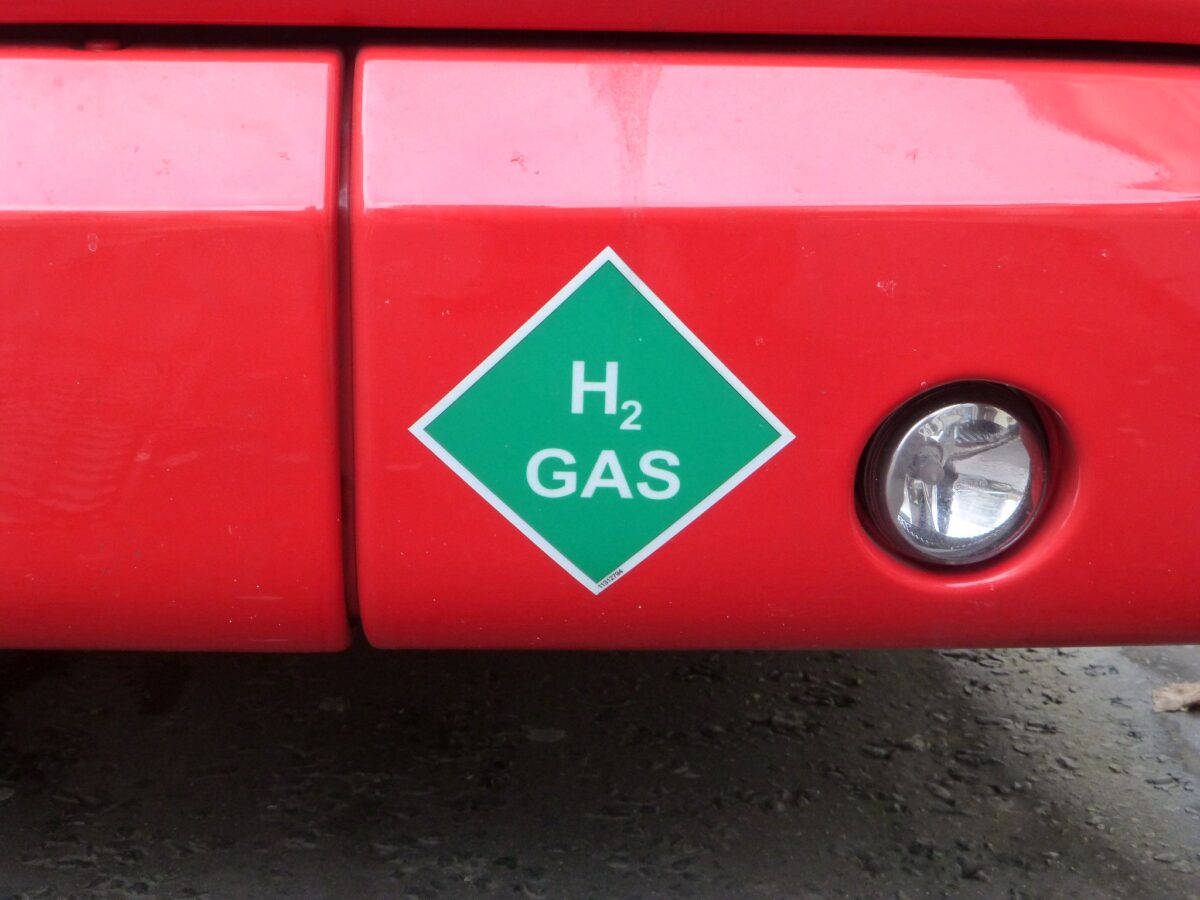
What role is there for Hydrogen in our energy future?
This week I spoke at an event about the future role – or not – of hydrogen in heating people’s homes.
The world’s climate scientists have called for “rapid, far-reaching and unprecedented” changes in all sectors of society if we are to avoid the worst possibilities of climate change. That means getting out of using fossil fuels as rapidly as we can and doing much more on renewable energy and energy efficiency.
We need to electrifying lots of things we currently use fossil fuels for, including pretty much everything in heat and transport. We have seen a very impressive rise in renewable electricity but electricity itself makes up only just over 20% of our total energy use, so we need lots more renewable electricity to replace the fossil fuels we currently use.
Fortunately there is huge potential just off the coast, with onshore wind able to supply all of Scotland’s energy needs many times over.
In to this picture of transition comes hydrogen, made using renewable electricity. And there is hydrogen made using renewable electricity, which is already here and growing. It is virtually zero carbon but does it make sense to heat people’s homes with it?
First we should make people’s homes more efficient, then there are two main options to reduce climate emissions from home heating: electric heating, mostly in the form of heat pumps, or hydrogen boilers taking the gas from the gas grid.
Every homes in Scotland is connected to electricity and lots of companies will offer to fit a heat pump for you already. On the other hand, around 350,000 homes in Scotland are not connected to the gas grid and no-one can currently sell you a hydrogen boiler because they are only in the experimental phase.
In addition the gas grid itself would have to be refitted to safely take hydrogen and there would need to be a huge effort to have a national switch over. The UK government has promised that there will be a town heated by hydrogen by the end of the decade. But why would housing developers gear up for the future possibility of hydrogen when the reality of heat pumps is here already?
It takes energy to produce hydrogen, with a loss of about 20% of the electrical energy input in the process. So we should only be using hydrogen for things where electricity can’t easily do the job.
That means the first priority for every unit of renewable electricity should be to use it as electricity. If there is a surplus – for instance in the middle of the night when demand is low – we should store electricity. This can be in batteries, pumped hydro schemes and it could be as hydrogen.
The priority uses for that hydrogen should be storing energy from summer surplus to the high demands of winter, use in industries that need to a combustible gas like cement and steel making or running big vehicles like ferries. The government also has ambitions for major export to Europe. Sticking it in the gas grid and using it to heat people’s homes is so far down the priority list that it is not likely to happen on any scale.
Dr Richard Dixon is Director of Friends of the Earth Scotland. A version of this article appeared in The Scotsman on Thursday 4 March 2021.
